Rosa Bonheur walked the line. She played to the artistic tastes of her time and became one of the most successful and popular artists of the nineteenth century, recognized by Napoleon, and awarded the Grand Cross by the Empress Eugénie. Rosa Bonheur also broke every gender stereotype of her time. She wore mens clothes, painted animals in bloody slaughterhouses, smoked cigars with Buffalo Bill Cody, and had long, loving relationships with two women, Nathalie Micas and later, the artist and writer Anna Klumpke.
Rosa was the oldest of four siblings. An unruly girl who struggled with reading, she was kicked out of school several times. Rosa’s father, Raimond, was an amateur painter and member of the utopian Saint Simeons society. The Saint Simeons believed in gender equality, a radical idea at the time, and after Rosa failed an apprenticeship as a seamstress, Raimond began to train her in the arts. Then in 1833, Rosa’s mother Sophie Bonheur died. Rosa was eleven. A year later, Raimond, overwhelmed by the responsibilities of single parenthood, abandoned his children to live in isolation with the Saint Simeons.
With her parents gone, Rosa moved in with old friends of her mother, the Micas family. Now in her teens, Rosa began studying painting in earnest—her love of animals taking her to the stockyards to study them in motion, and to the slaughterhouses where she performed dissections to learn anatomy. It was also during these years that Rosa fell in love with Micas’s daughter Nathalie. Rosa and Nathalie were inseparable for over fifty years.
Rosa showed her first works in the salon at only 19: Goats and Sheep’ and ‘Rabbits Nibbling Carrots being the first of the animal paintings that made her famous. Over the next 15 years, she showed at the salon and traveled to London, Scotland, and the Pyrenees. Two monumental artworks sealed Rosa’s fame, Plowing in Nevers, a government commission in 1849, and four years later her most famous work, The Horse Fair. Rosa’s work soared in popularity, and in a partnership with art dealer Ernest Gambart, she had engravings made of her work that carried her renown to America.
Rosa, always the single-minded outdoors woman, used her fame to build a life outside of convention. She lived rugged, working from a farm Château near the Fontainebleu Forest. For her expeditions into the woods and extended sessions studying animals, she petitioned and won permission from the french government to wear men’s clothing. At the same time, she mingled with the royalty of her time, accepting studio visits from the French Empress Eugénie, who presented her the cross of the Legion of Honor, and meeting John Ruskin, and Charles Eastlake, the President of the Royal Academy, during her travels.
These two worlds came together in the form of Buffalo Bill Cody. Buffalo Bill arrived in Paris with his Wild West Show in 1889 and set up camp at the base of the new Eiffel Tower. Rosa was 67, but she toured the camp and became friends with Bill. She invited him to her chateau, and painted his portrait on his favorite horse.
But 1889 was also a year of tremendous tragedy and change for Rosa. Her life partner Nathalie died, and Rosa fell into a deep depression. In the midst of this heartbreak, she met the young artist Anna Klumpke, and the two artists corresponded for the next six years. Anna moved to France in 1895 to live with Rosa in the Château, and begin Rosa’s biography. The two lived happily for four years, until Rosa died on May 25, 1899, leaving behind a studio packed with almost nine hundred paintings and drawings. Anna sold these works for a combined sum of over 2 million francs and used the profits to establish the Rosa Bonheur Memorial Art School, which offered art training for women.
Rosa made art on her own terms, studying what she loved and building an empire, but more importantly, Rose lived on her own terms. Outdoors, sleeves rolled, with the women she loved.
...
Got questions, comments or corrections about Rosa Bonheur? Join the conversation in our Discord, and if you enjoy content like this, consider becoming a member for exclusive essays, downloadables, and discounts in the Obelisk Store.
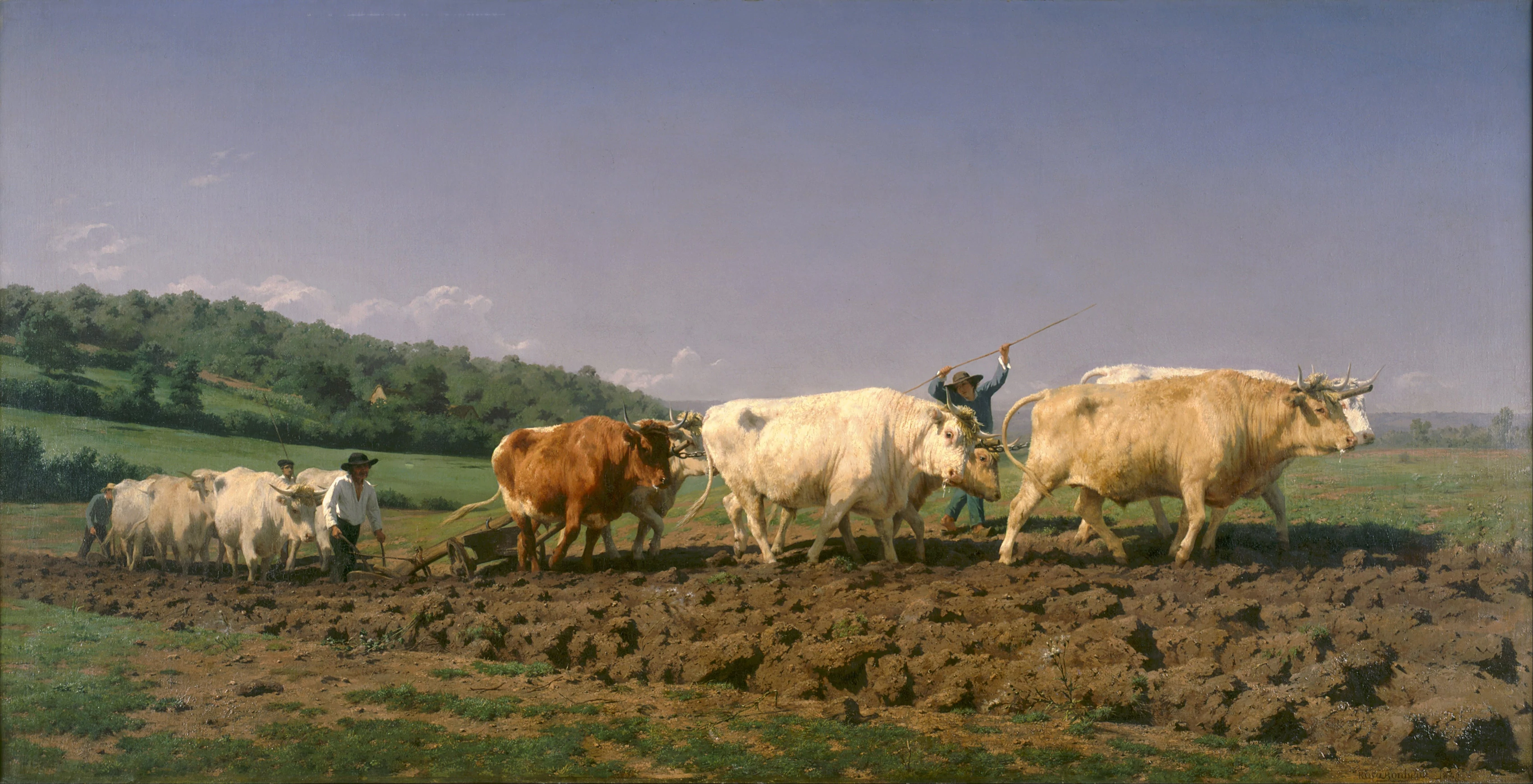
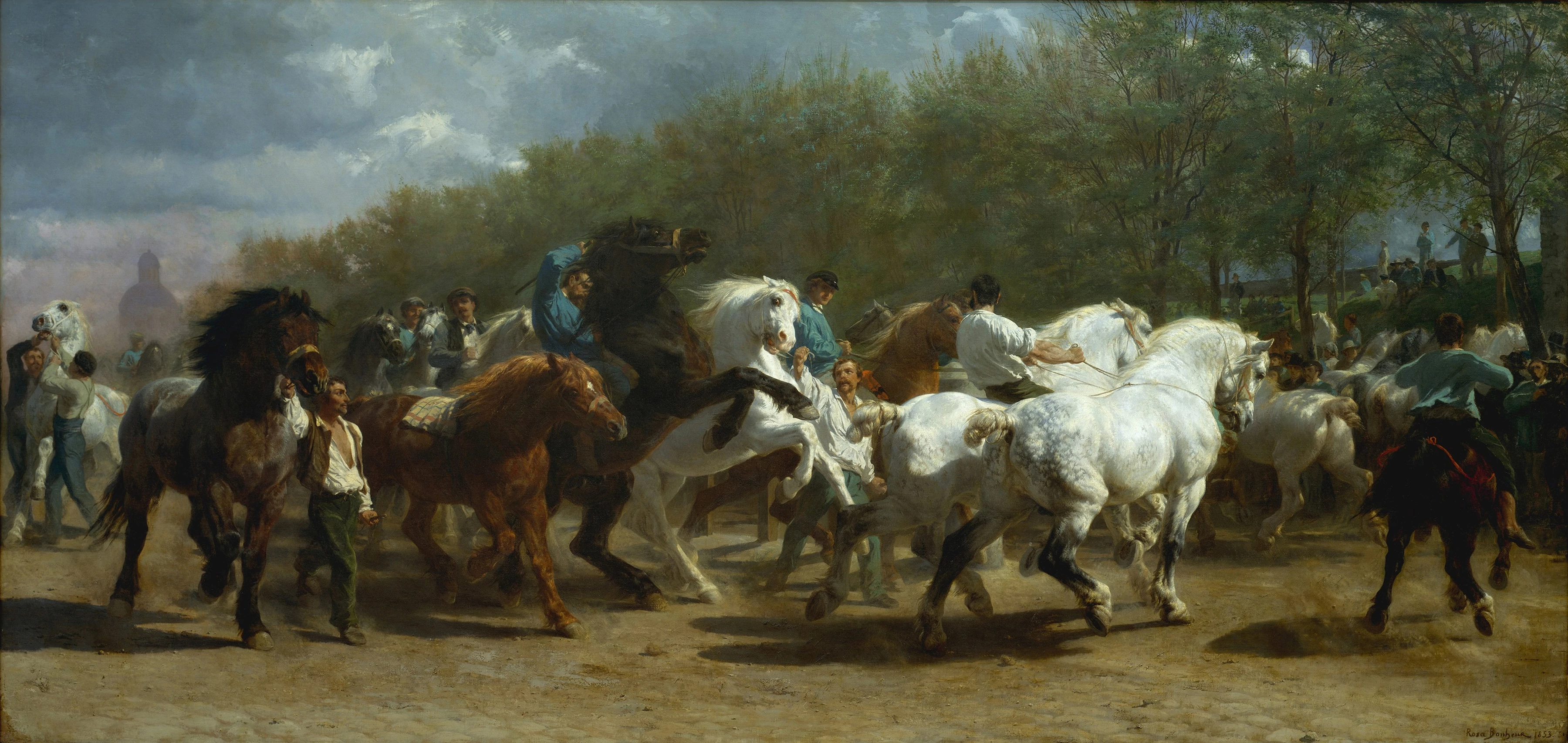
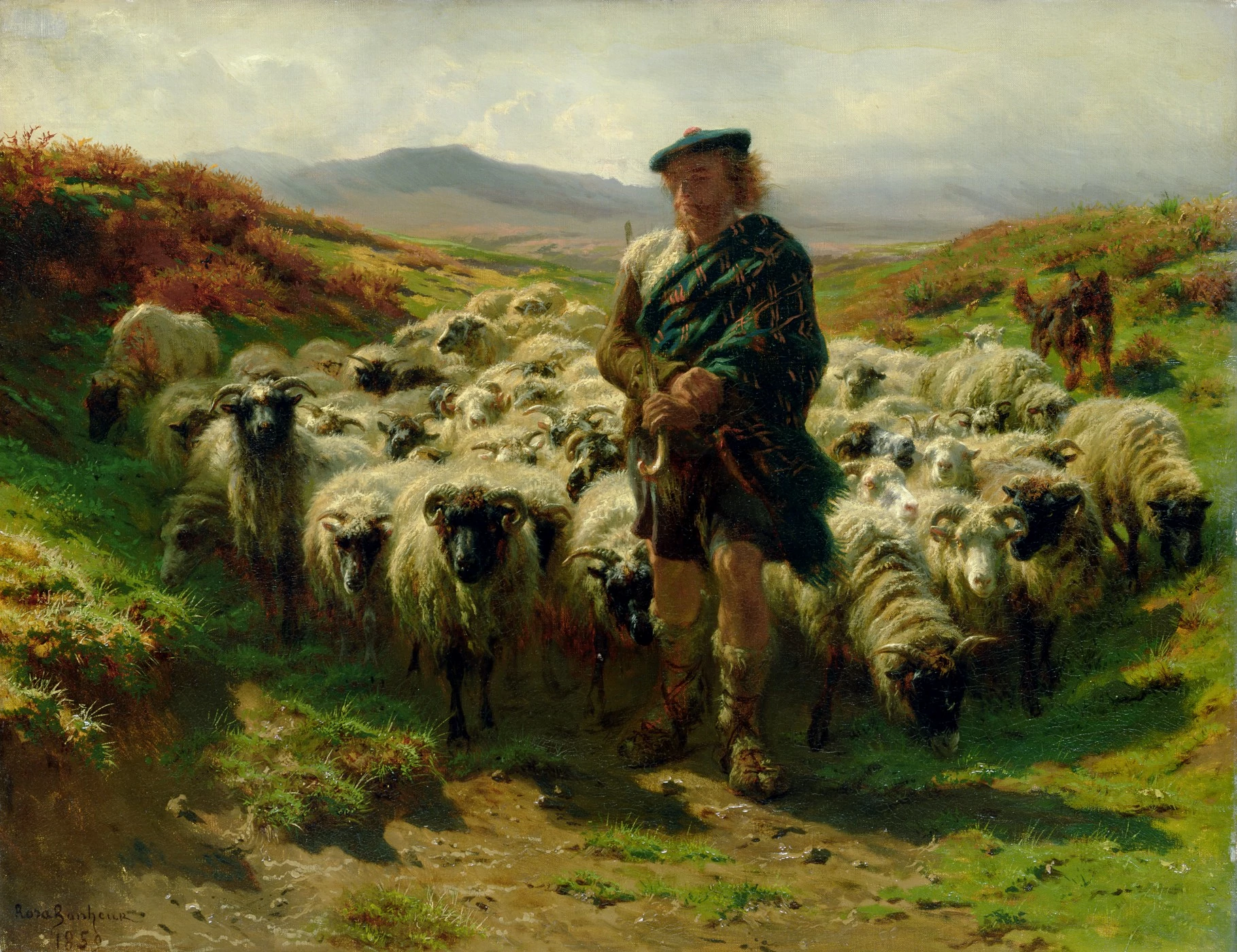
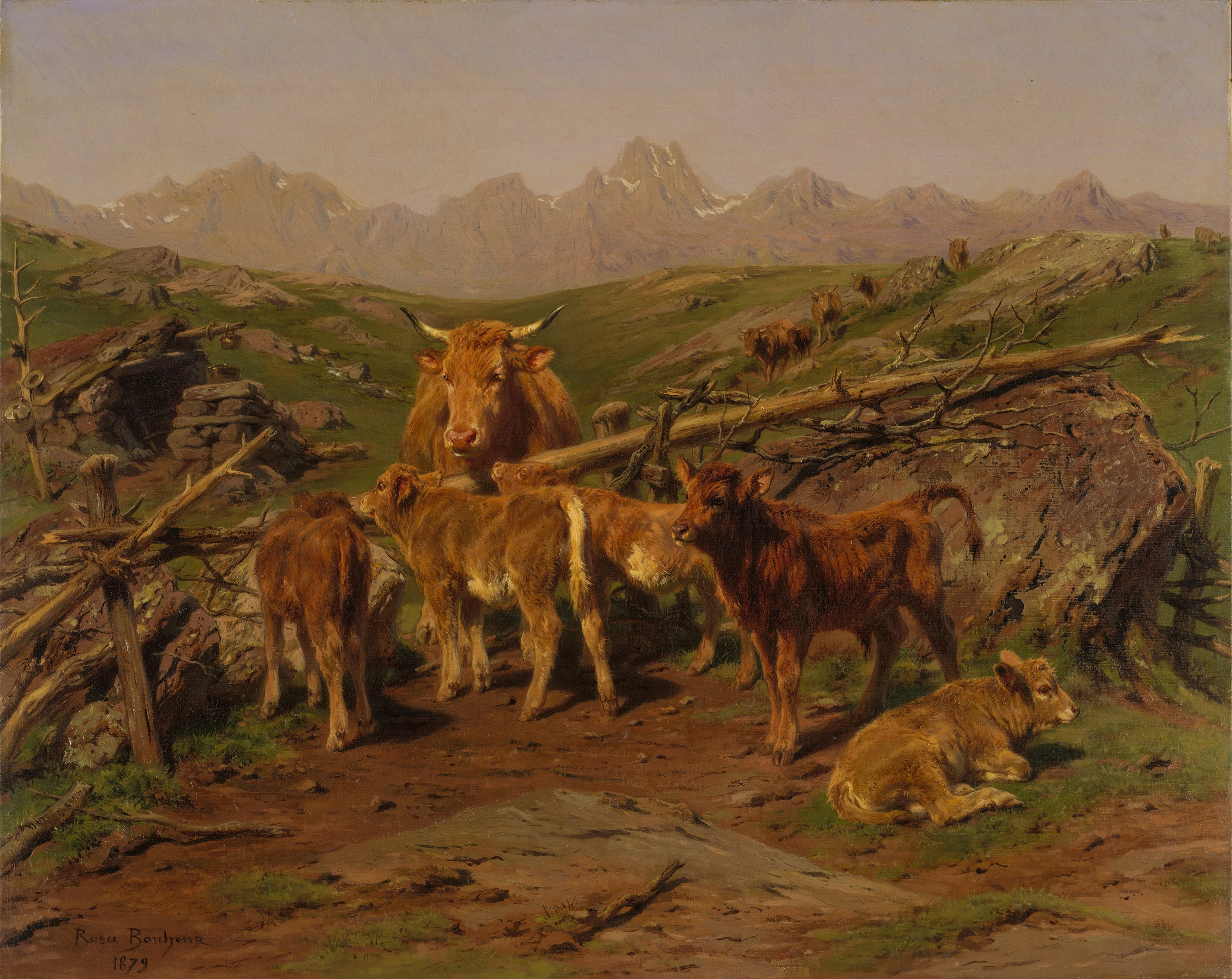
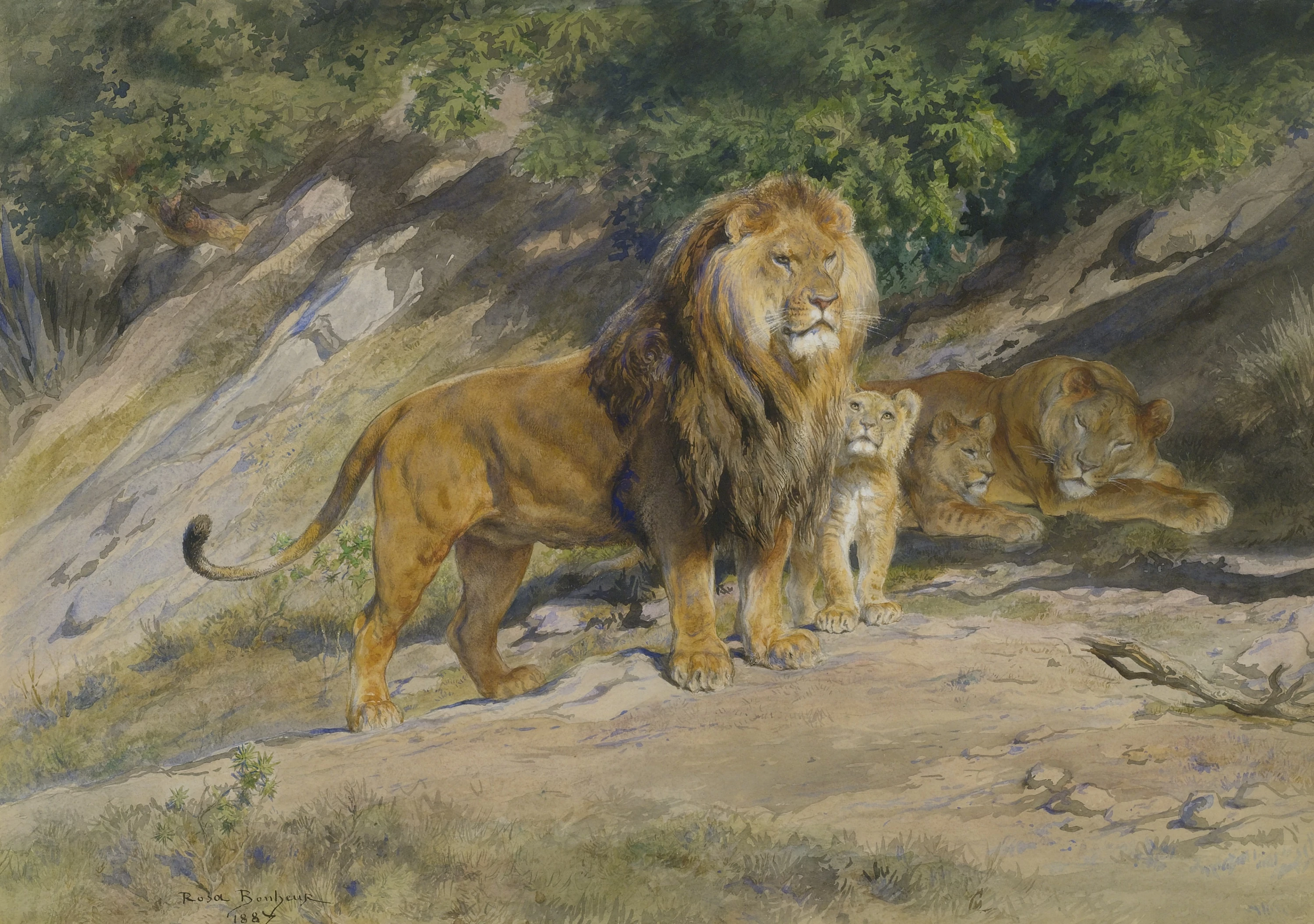
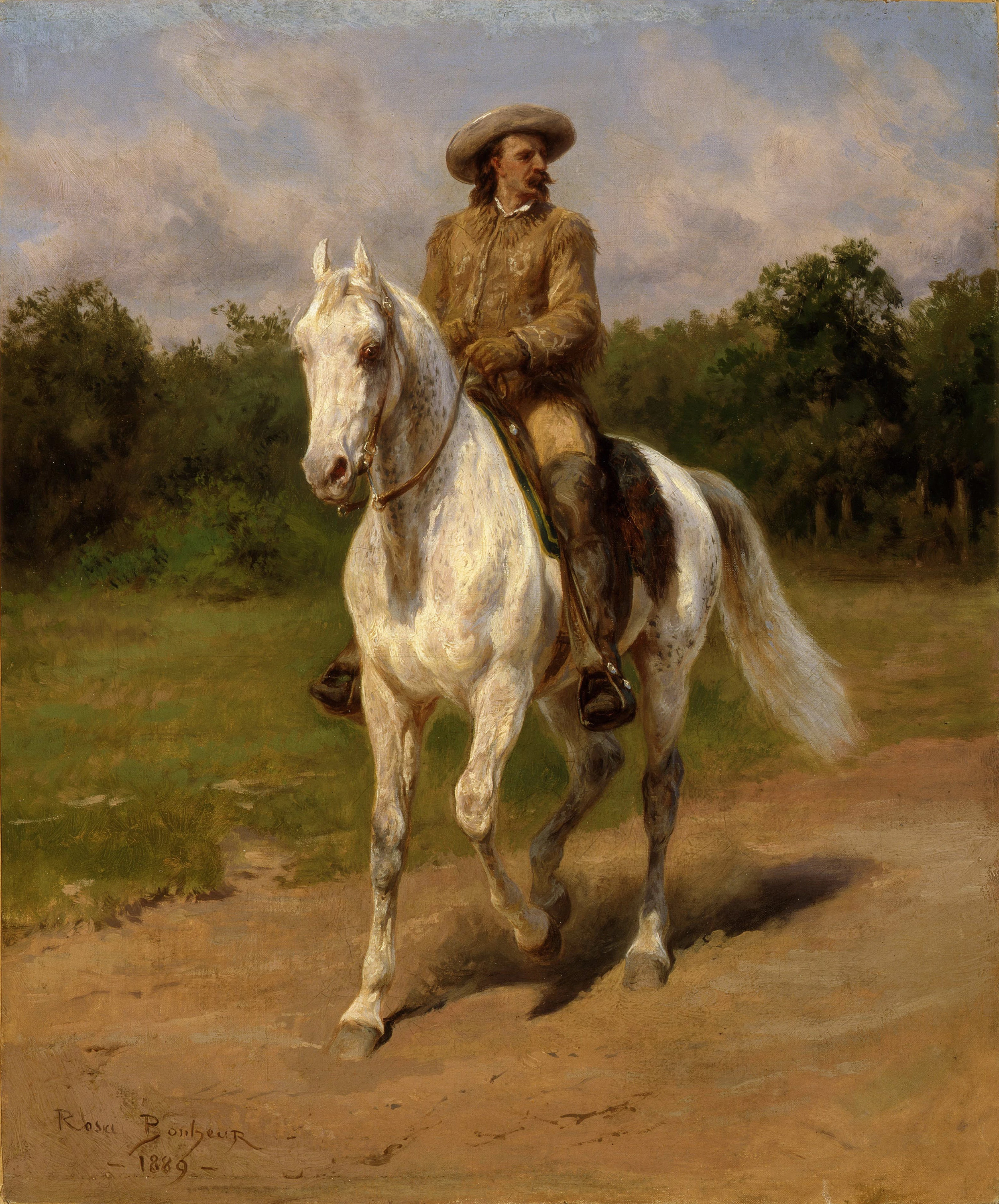
I'm sending this letter along with that of your dear daughter Anna, my dear colleague in the arts, in order to tell you of my deep affection for her.